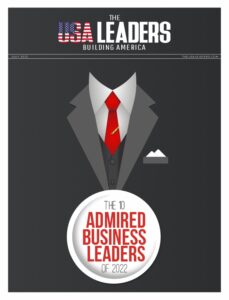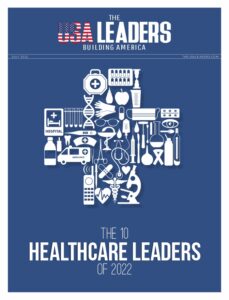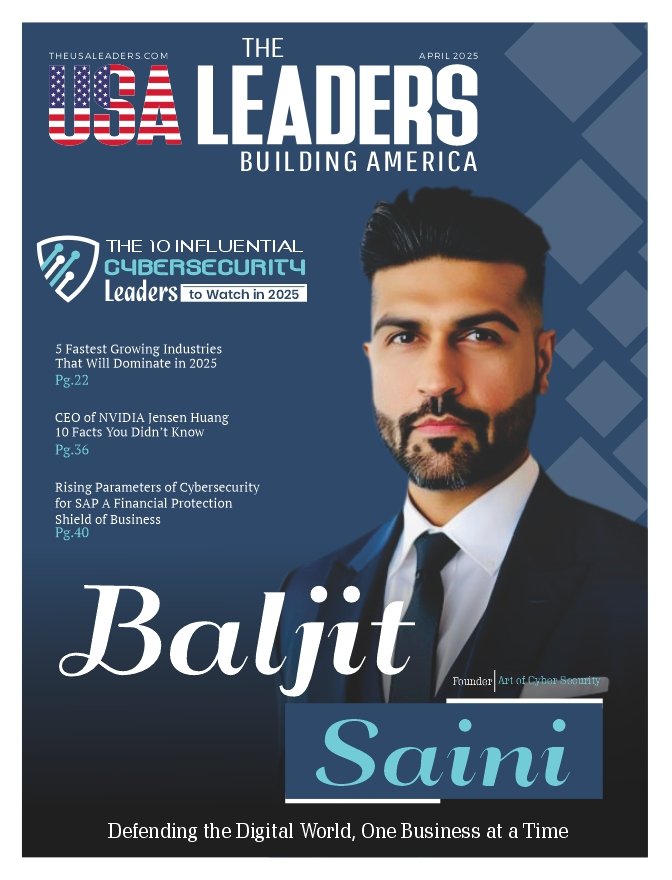Companies cannot rely solely on traditional methods of leadership anymore, as the business environment is changing rapidly. It’s no longer enough to have leadership training programs. They are now a strategic necessity that determines whether businesses can adapt, generate new ideas, and stay ahead of the competition. Leaders are being called upon not only to understand digital transformation and manage hybrid teams, but also to anticipate and respond to socio-economic changes. Most of the problems that are now being asked to solve didn’t exist five years ago. The only way they can accomplish this mission is by equipping themselves not only with management skills but also with resilience, agility, and a future-oriented mindset.
The Leadership Gap: Defining the Problem
Although billions of dollars are spent annually on leadership development, many companies struggle to find leaders who can effectively address the challenges of the modern world. According to Deloitte’s 2024 Global Human Capital Trends study, 84% of businesses think that leadership is the most important skill for business success. But only 14% think they have a solid pipeline of future leaders. This indicates a significant gap between the perceived importance of leadership and the actual state of leadership development within organizations. This is because a large part of leadership training programs focuses on outdated competencies that do not align with the requirements of modern leadership.
Why It Matters: The Business and Learning Impact of Leadership Training Programs
If the leadership team is not up to the task, it will lead to a fall in the morale of the employees:
- Employee engagement will be low as a result of the employees not understanding the vision or the inconsistent behavior of the leader.
- Overlooked opportunities in the field of innovation will result from leaders who are stuck in old ways and cannot keep pace with the market.
- More employees will leave the most important positions, as the development of new leaders will be slowed due to a lack of support and energy.
Meanwhile, properly structured leadership training programs with a focus on resilience and the future can:
- Enhance the ability to make correct decisions under stress.
- Create psychological safety within teams, leading to creative and collaborative abilities.
- Decrease the risk of operation interruptions under the change of the situation.
Key Strategies to Build Resilient, Future-Ready Leaders
1. Transform Learning from Static to Adaptive
The majority of traditionally organized leadership courses are often based on unchanging curricula that become outdated rather quickly. Future-ready programs employ an adaptive learning paradigm, where business challenges are addressed in real-time, complemented by a personalized learning path tailored to each individual.
How to implement:
- Utilize AI-powered educational platforms to tailor the leadership training content based on the competence gap.
- Develop scenario-based simulations that mirror the actual market challenges.
2. Embed Resilience Training into the Core Curriculum
Although resilience is not solely about recovering from a setback, it is primarily about rebuilding one’s strength even stronger. Transformational interventions brand their ‘empowering daily leadership’ routine as the best avenue for leaders to work their resilience out.
How to implement:
- Start with emotional management and emotional intelligence courses.
- Empower leaders to watch out for burnout symptoms—self-check as well as their teams.
3. Foster Cross-Functional Leadership Experiences
The leaders who are prepared for the future need to be aware of how the company operates from start to finish. The leadership rotation program is dedicated to giving them a perspective far removed from their current field.
How to implement:
- Include job-shadowing activities in other departments.
- Give leaders a job to do on a cross-functional innovation initiative. This will help you define targets that can be measured.
4. Leverage Coaching and Mentoring at Scale
Connecting new leaders with experienced mentors speeds up the process of becoming a leader. Coaching can help close the gap between what leaders want and what they do when it is part of leadership development programs.
How to implement:
- Startup mentoring networks that are formal within the organization.
- On-demand access to executive coaching sessions can be provided.
Real-World Example: How a Tech Company Future-Proofed Its Leadership Pipeline
A tech company on the Fortune 500 list collaborated with another company to revamp its leadership training. The goal was to equip intermediate managers with the skills they needed to become senior leaders as the company rapidly expanded in the market.
Solution:
- The solution provider created a 12-month leadership training program that was a combination of adaptive eLearning, virtual simulations, and in-person strategy labs.
- Added resilience modules that concentrated on decision-making during uncertainty.
- Each leader was given a certified executive coach.
Outcomes:
- A 25% faster rate of promotion for program graduates.
- The employee engagement scores for teams led by participation went up by 30%.
- In one year, the percentage of people who were ready for senior leadership went up from 62% to 89%.
Future Trends in Leadership Training Programs
The future of leadership training programs will be influenced by the following:
- AI-Powered Personalization – Leaders will receive micro-targeted learning suggestions derived from their performance analytics.
- Immersive Learning Environments – The use of virtual and augmented reality will enable leaders to make high-stakes decisions in a secure and detailed simulation, just as they would in the real world.
- Continuous Leadership Development – The “one-and-done” format will be replaced by ongoing leadership coaching, with instant performance feedback integrated in daily workflows.
If organizations adopt these trends now, they will be better equipped to respond to tomorrow’s challenges.
Conclusion
Unpredictability being the hallmark of the present-day world, leadership training programs must equip leaders with not only the required technical skills but also with such traits as resilience, adaptability, and strategic vision. Organizations can develop the leadership qualities of executives by adopting adaptive learning, incorporating resilience into the culture, fostering cross-functional exchanges, and utilizing coaching. As a result, managers will not only be the leaders of today but also those who will face the challenges and possibilities of the future.
The opportunity is now. If you are looking to revamp your leadership pipeline and build a future-ready workforce, the best thing to do is get in touch with Infopro Learning today. They offer a structured plan with customized leadership training programs tailored to your leaders, designed to help them succeed in any eventuality, which you can create with their guidance.
Also Read: Professional Training Services Tailored for HR Development





















